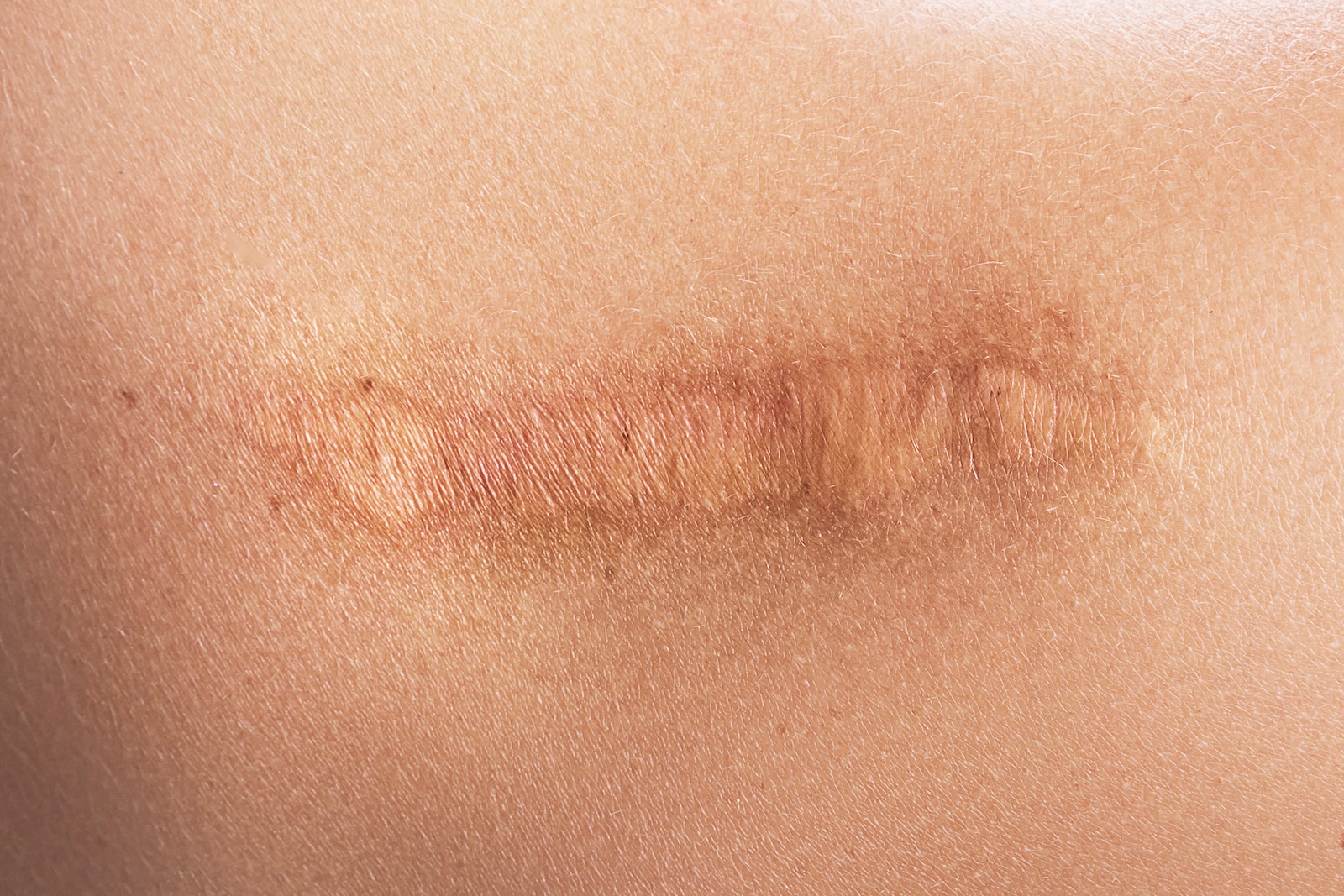
BACKGROUND CONTEXT Evaluation of 10-year clinical safety and effectiveness of cervical disc arthroplasty (CDA) using the Prestige LP™ disc to treat degenerative cervical spine disease at two adjacent levels has been completed. Occurrence of heterotopic ossification (HO) surrounding the prosthesis following CDA has been reported for other prostheses and found to limit the range of motion and to negatively impact function of the prosthesis. PURPOSE To assess the impact of HO on clinical outcomes and angular range of motion (ROM) after CDA with the Prestige LP™ disc at two levels. STUDY DESIGN/SETTING Multicenter, prospective, randomized, controlled, FDA-approved clinical trial. PATIENT SAMPLE A total of 209 subjects implanted with Prestige LP™ discs at two cervical levels in the clinical trial and participating in a post-approval study. The 10-year follow-up rate was 86% after excluding subjects at sites not participating in the PAS study, deaths, and withdrawals. OUTCOME MEASURES HO assessed on lateral neutral radiographs and graded 0-IV; clinical outcomes of overall success, neurological success, neck disability index (NDI), neck pain, arm pain and SF-36 Physical Component Summary (PCS) score; ROM; implant-related adverse event (AE) rate. METHODS Data were obtained as part of an FDA-approved clinical trial and a separate subgroup analysis was performed for this study. ROM was compared by HO grade, and clinical outcomes were compared between HO subgroups (Grade 0-II vs III/IV) based on HO severity at 2 and 10 years after surgery. RESULTS The Grade III/IV HO incidence at either or both index levels was 24.2% (48/198) at 2 years and 39.0% (57/146) at 10 years. No statistical difference was found in overall success, neurological success, NDI, neck pain, arm pain, or SF-36 PCS scores between the HO subgroups (Grade 0-II vs III/IV) at either 2 or 10 years. The cumulative rate of possible implant-related AEs was higher in subjects having Grade III/IV HO than those having Grade 0-II HO at 2 years (56.3% vs 24.4%) and 10 years (47.8% vs 17.9%), specifically in two subcategories: spinal events and heterotopic ossifications reported by the investigators. However, no statistical difference was found between HO subgroups in possible implant-related serious AEs or secondary surgeries at index or adjacent levels. The average angular ROMs at index levels were lower in subjects with higher-grade HO at 2 and 10 years. The average ROMs at the superior level were 8.8°, 6.6°, 3.2°, and 0.3°, respectively for HO Grade 0-I, II, III and IV groups at 10 years, and 7.9°, 6.2°, 3.7°, and 0.6°, respectively, at the inferior level. CONCLUSIONS Radiographically severe (Grade III or IV) HO after CDA with the Prestige LP disc at two levels did not significantly affect efficacy or safety (severe AEs or secondary surgeries) outcomes. However, severe HO, particularly Grade IV HO, significantly limited ROM, as expected. FDA DEVICE/DRUG STATUS Prestige LP™ Disc, Approved for 2-level cervical disc arthroplasty in 2016 (Approved for this indication)
Ready to reclaim your life? Get in touch with Dr. Lanman Today.
FOLLOW US ON SOCIAL MEDIA | @ADRSPINE




